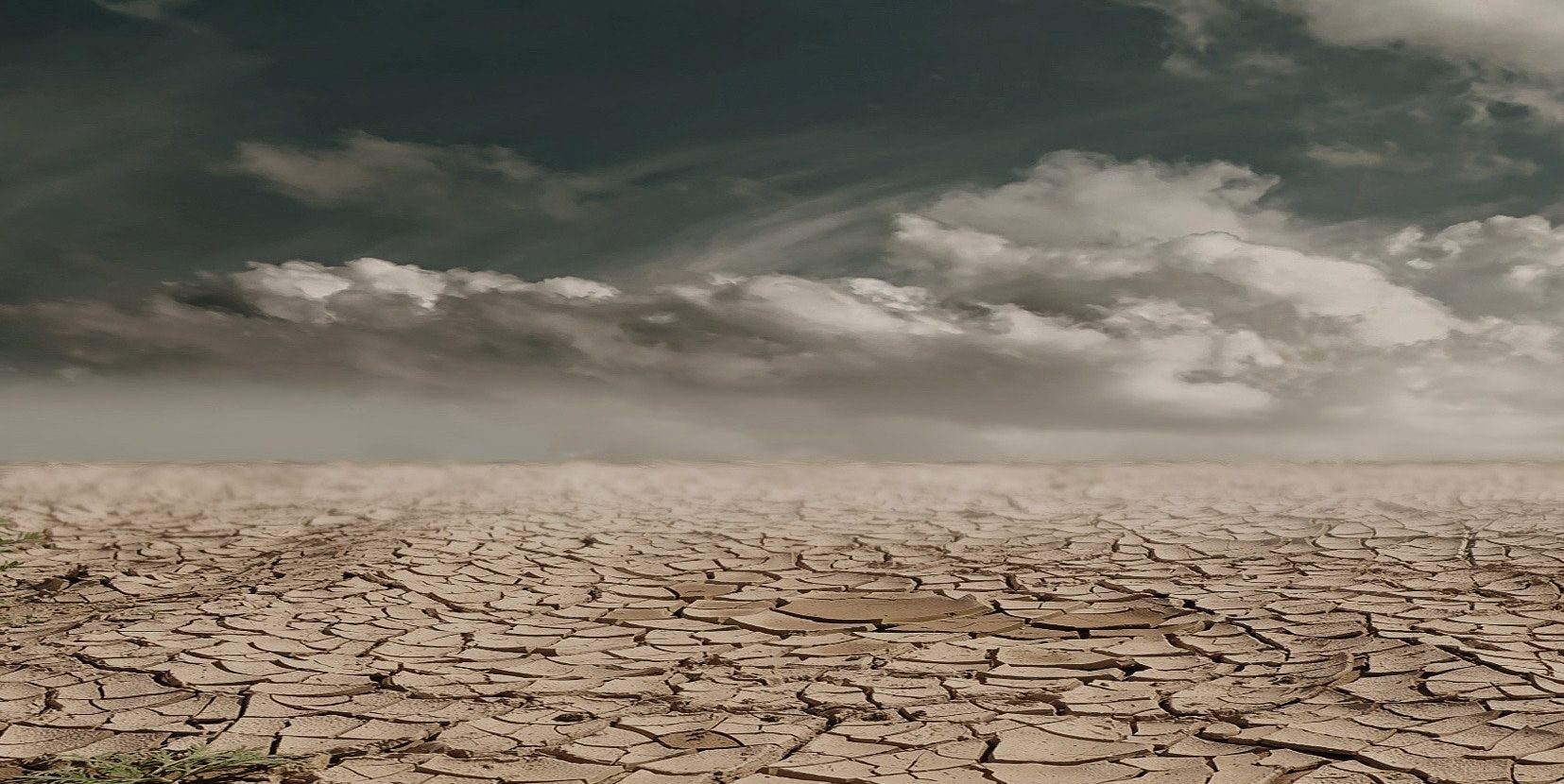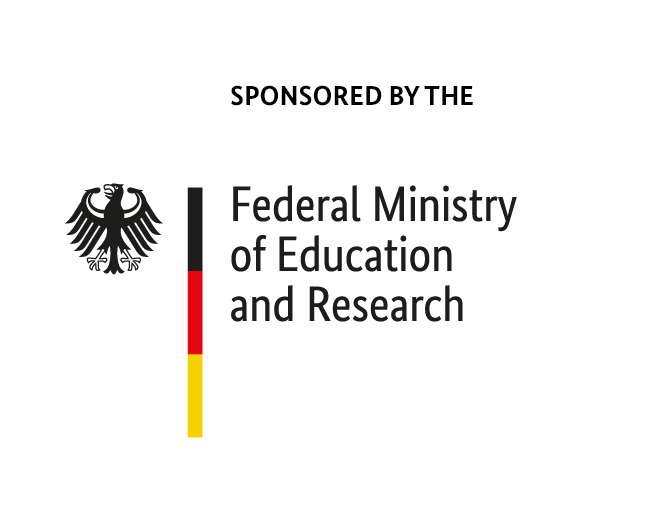Developing a global-scale tool for characterizing droughts (meteorological, hydrological, agricultural) and quantifying their impact on water resources, crop productivity, trade in food products, and the need for international food aid.
Photo by imagesthai.com / CC0 License
Upcoming Webinar: Droughts and the Post-2015 Agenda
26/11/2020 – 14:00 CET. Free of Charge. LEARN MORE.
GlobeDrought aims to develop a web-based information system for comprehensively characterizing drought events.
The project will produce a spatially explicit description of drought risks by considering three components: drought hazard, exposure and vulnerability. It will investigate how droughts impact water resources, crop productivity, trade in food products and the need for international food aid.
In terms of methodology, the project aims to link satellite-based remote sensing and analyses of precipitation data with hydrological modelling and yield modelling.
This will produce indicators for characterizing meteorological, hydrological and agricultural droughts, which in turn will make it possible to quantify drought risks. Analyses of socioeconomic data will provide the basis for quantifying exposure and vulnerability.
Within the framework of a co-design process, users and stakeholders will help to shape the content and technical design of the drought information system.
Subscribe to our newsletter
Stay up to day on events, webinars, and publications within the frame of the GlobeDrought project.




